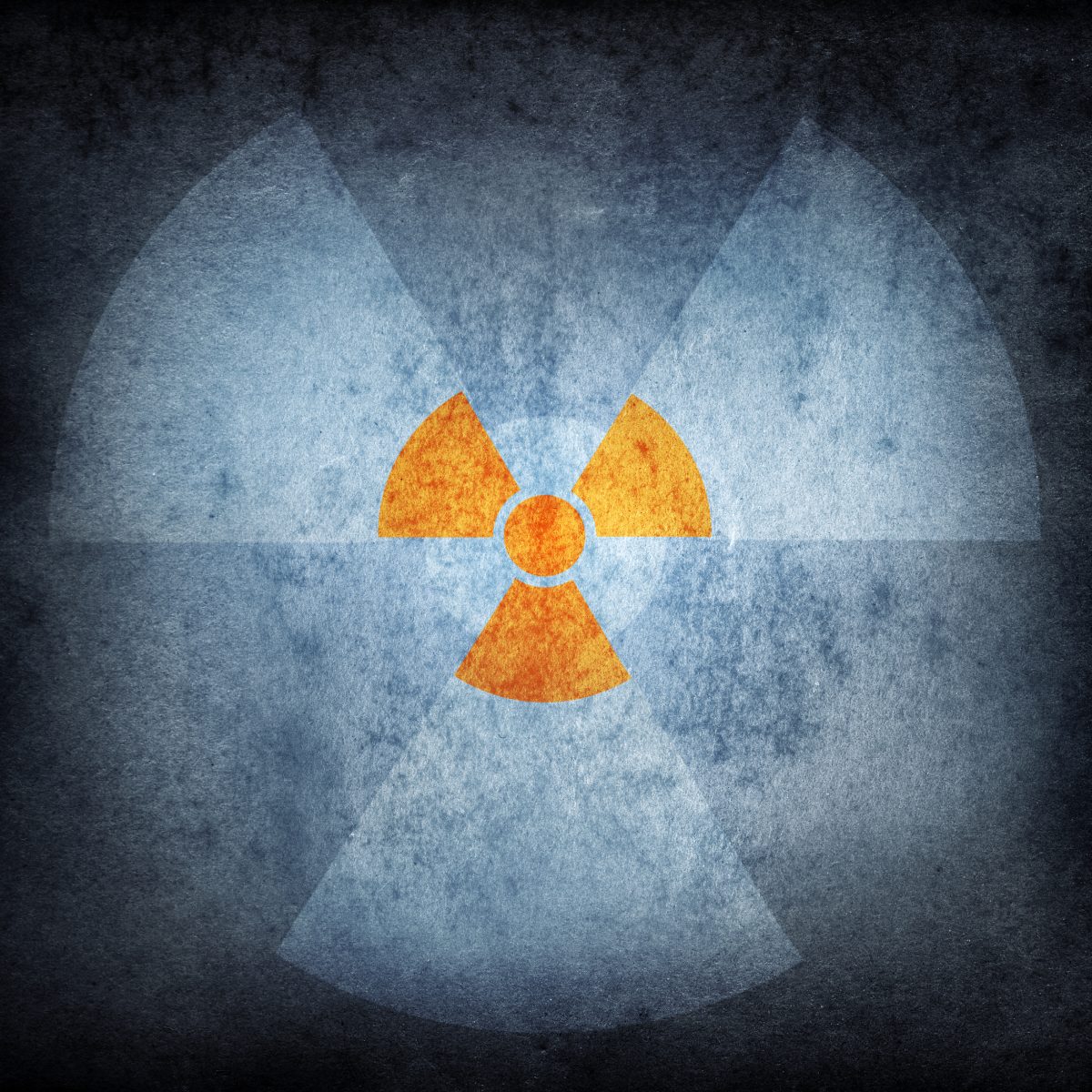Risks of Radiation Therapy for Patients with Breast Cancer Examined in Study

Should their doctors agree, breast cancer patients with scleroderma may undergo radiation therapy — despite research suggesting it increases the risk of scarring in the skin, lungs and other organs, a team of American scientists has concluded.
The previous studies’ small sample size — fewer than four patients — makes their conclusions less than convincing, the team said.
This retrospective two-center study — “Impact of Radiation Therapy on Scleroderma and Cancer Outcomes in Scleroderma Patients with Breast Cancer” — found that scleroderma patients with breast cancer had about a 50% risk of developing localized skin fibrosis without evidence of generalized disease flares.
Before agreeing to radiation, however, a breast cancer patient with scleroderma should consult with doctors specializing in each of the diseases, in radiation therapy and other disciplines, the researchers said.
The study was published in the journal Arthritis Care & Research.
Scleroderma is a complex autoimmune disease characterized by tissue scarring in the skin and other places. Those who have it are at higher risk of developing cancer, studies have shown.
Breast cancer, the most common cancer seen in scleroderma patients, is often detected shortly after the first scleroderma symptoms appear.
A combination of a lumpectomy — or removal of a tumor — and radiation are normally the first-line therapy for breast cancer patients. But scleroderma can complicate a breast cancer treatment decision because radiation can lead to scarring outside the breasts, some research has suggested.
Case studies have also suggested that extensive tissue scarring can develop in the breasts of scleroderma patients treated for breast cancer.
A major limitation of this research has been small sample sizes of four or fewer patients, however.
This prompted researchers at the scleroderma centers at Johns Hopkins University and the University of Pittsburgh Medical Center to check scleroderma patients at their facilities who had had radiation for breast cancer.
The team looked for red, blistered, or thickened skin, or sores, where doctors had administered the radiation. They also compared the modified Rodnan skin scores of scleroderma patients who had and had not received radiation therapy after they were diagnosed with breast cancer. The comparisons came at 12 and 24 months after their cancer diagnosis.
And the researchers compared the lung-function scores of both radiation- and non-radiation-treated patients — again, 12 and 24 months after their cancer diagnosis. The lung function measure was forced vital capacity, or FVC. This is the amount of air a person can exhale during a forced breath.
At Johns Hopkins, four of the 30 patients examined — or 13 percent — developed red skin. None had blistering, one had sores, and 15 — or 48.4 percent — developed thickened skin at the radiation site.
Seven of the 11 Pittsburgh patients, or 64 percent, had red skin. Two, or 18 percent, had blistering. None had sores, and six — or 55 percent — developed thickened skin.
An analysis of patients’ Rodnan skin scores and lung function scores showed no significant differences between patients who had or had not received radiation.
“Radiation injury causing local tissue fibrosis is not inevitable in SSc [systemic sclerosis, or scleroderma] patients with breast cancer, occurring in about 50% of cases without evidence of lung or generalized skin disease flare,” the researchers wrote. “Therefore, the use of RT [radiation therapy] for breast cancer is considered an option based on the informed patient’s preference.
“The decision about whether to proceed with radiation therapy should involve a multidisciplinary discussion between the treating rheumatologist, medical and radiation oncologists, breast surgeon and patient, factoring in each patient’s preferences and tolerance for risk,” the team concluded.






